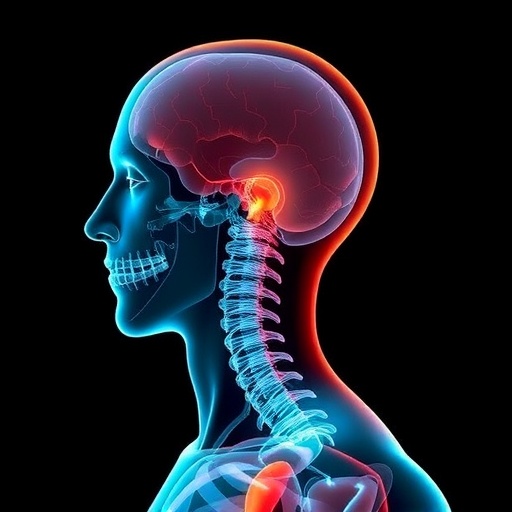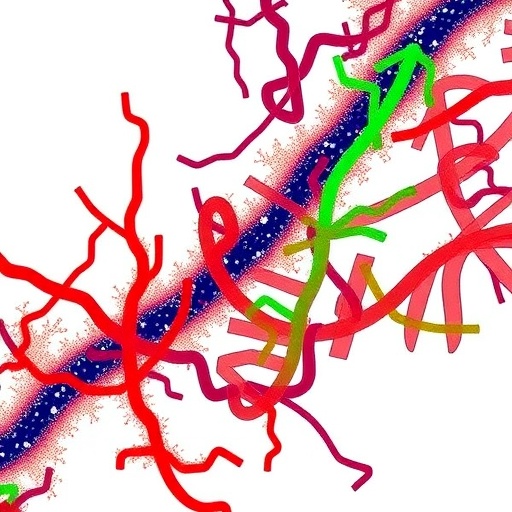The results of the study have been published in the magazine Scientific Reports.
The meteorite samples analysed in this study come from NASA's Antarctic collection and derive from asteroids and, possibly, from comets. "Chondrites are non-differentiated meteorites, a legacy fossil from the creation of planetesimals. These provide us not only with information about the processes of aggregation of the earliest building blocks of the planets, but also about everything which occurred in their interiors shortly after their formation", explains CSIC scientific investigator at the Institute of Space Science and at Catalonia's Institute of Space Science, Josep María Trigo, the study's codirector.
The results of the work highlight the fundamental role played by the water soaking the asteroids which were progenitors of certain carbonaceous chondrites around 50 million years before the Earth was formed. These processes encouraged the synthesis of complex organic molecules in those asteroids which, upon reaching other planets, would have fertilised their surfaces with these prebiotic compounds.
"Commonly, the abrupt arrival of these meteorites causes their fragmentation and, due to the high temperatures involved, the degradation of organic compounds. For that reason, we decided to develop experiments which were capable of synthesising organic material originating from chondrite minerals, once they had reached the ground though not necessarily with any surviving primordial organic compounds", adds Trigo.
During the experiments, which took place at the University of Tuscany in Italy, the samples which came from NASA's Johnson Space Centre were crushed in a mortar, treated to eliminate all traces of organic material, and placed with formamide and both thermal and sea water at 140 °C. These waters had previously been filtered to avoid the presence of, or contamination from, any type of living organism.
"It is fascinating to see that chondrites possess unique properties which, in a relatively short period, allow their complex organic compound contents to reproduce if they are treated with an aqueous solution containing formamide.
We could be looking at the discovery of the key chemical processes involved in the origins of organic material in the Universe. These phases of hydration possibly marked the early stages of asteroids and comets", explains CSIC researcher Carles E. Moyano, from Spain's Institute of Space Science.
Implications for the emergence of life on other planets.
The results of these experiments signal that these meteorites possess catalytic properties for organic compounds which are not present in terrestrial rocks. The minerals which form carbonaceous chondrites are capable of synthesising carboxylic acids, amino acids and all the nitrogenous bases which form ribonucleic acid (ARN), considered to be the precursor of the first living organism.
"The data obtained indicates that, even if chondrites were pulverised and lost their organic compounds during the phases of deceleration and ablation in the atmosphere, those minerals which reached the Earth's surface and were heated in the presence of both water and formamide would be able to reproduce the organic compounds fundamental to prebiotic chemistry. This clearly points to life being fertilised from outside Earth's atmosphere- life which could reach any part of our Solar System and, for that matter, of the Universe wherever conditions were conducive to maintaining liquid water for a reasonable length of time. Mars, Europa and Titan could possibly be excellent candidates for our exploration" indicates Trigo.
###
L. Rotelli, J. M. Trigo-Rodriguez, C. E. Moyano-Cambero, E. Carota, L. Botta, E. Di Mauro and R. Saladino. 2016. The key role of meteorites in the formation of relevant prebiotic molecules in a formamide water environment. Nature – Scientific Reports, DOI: 10.1038/srep38888
Media Contact
Marta García Gonzalo
[email protected]
0034-915-681-476
@CSIC
http://www.csic.es
############
Story Source: Materials provided by Scienmag




